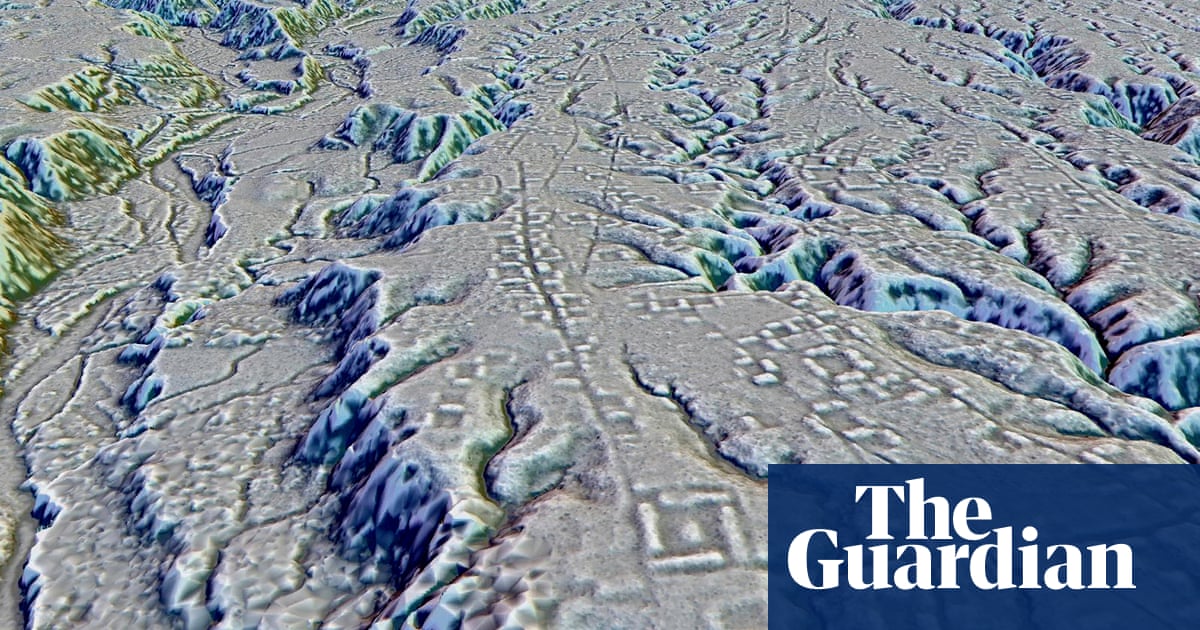- cross-posted to:
- worldnews@lemmy.ml
- world@lemmy.world
- cross-posted to:
- worldnews@lemmy.ml
- world@lemmy.world
Laser-sensor technology reveals network of earthen mounds and buried roads in rainforest area of Ecuador
Archaeologists have uncovered a cluster of lost cities in the Amazon rainforest that was home to at least 10,000 farmers about 2,000 years ago.
A series of earthen mounds and buried roads in Ecuador was first noticed more than two decades ago by archaeologist Stéphen Rostain. But at the time, “I wasn’t sure how it all fit together,” said Rostain, one of the researchers who reported on the finding in the journal Science on Thursday.
Recent mapping by laser-sensor technology revealed those sites to be part of a dense network of settlements and connecting roadways, tucked into the forested foothills of the Andes, that lasted about 1,000 years.
“It was a lost valley of cities,” said Rostain, who directs investigations at France’s National Center for Scientific Research. “It’s incredible.”
The settlements were occupied by the Upano people between about 500BC and AD300 to 600 – a period roughly contemporaneous with the Roman empire in Europe, the researchers found.


